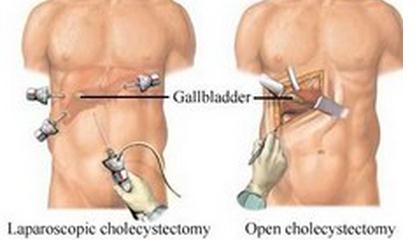Antihistamine Side Effects, Uses
Antihistamines are medications used to treat allergic reactions. Antihistamines work by antagonizing the histamine receptors in order to prevent the binding of histamine in the histamine receptors; thereby preventing the effects of histamine in the inflammatory cascade.
Antihistamine is the usual first line of drug in the treatment of most allergic reactions. Aside from its anti allergy effects, antihistamines may be used for antihistamine side effects such as sedating pediatric clients.
Uses of Antihistamines
Antihistamines are used for the following indications:
- Rhinitis (with symptoms of watery eyes, stuffy nose, sneezing, etc.)
- Sinusitis
- Seasonal allergies
- Hay fever
- Skin allergies brought by contact dermatitis
- Food allergies
- Insomnia
- Pediatric sedation
- Preparation for deworming to prevent the inadvertent movement of Ascaris into the lungs and other openings in the body.
Antihistamine Side effects
Antihistamine side effects are related to the antagonistic activity of the drugs to histamine and receptor sites. Antihistamine side effects are relatively mild, but some may require interventions. Antihistamine side effects include:
1. Drowsiness

Drowsiness is the most common antihistamine side effect. Drowsiness is related to the poor binding of histamine in the brain thereby leading to sedation also because of blocking the acetylcholine receptor sites. When acetylcholine does not bind to receptor sites, the nerve impulses tend to be limited, leading to sedation.
Make sure to avoid taking antihistamine in times when concentration is needed such as when driving, operating machineries and the like. In case antihistamine is needed, never drive or operate. Also, take at bedtime to prevent sleepiness during the day. Because of possible drowsiness as antihistamine side effect, physicians also prescribe antihistamines for treating insomnia.
2. Dry mouth and nose
Dry mouth and nose is related to the anticholinergic activity of antihistamines. The cholinergic receptors are responsible for the moisture of the mucous membranes.
3. Nausea and vomiting
The side effects of blocking the acetylcholine receptors also lead to blocking of the functions in the smooth muscles in the stomach leading to stomach upset.
4. Dizziness
Dizziness as antihistamine side effects may also be related to the impaired nerve impulse transmission in the brain as a result of blocking the acetylcholine receptor sites.
5. Difficulty in urination
The acetylcholine receptors are also found in the bladder, which allows the smooth muscles to contract and assist in urination. When acetylcholine is not used, it leads to poor contraction of the smooth muscles in the bladder, leading to difficulty of urination and urinary retention as antihistamine side effects.
6. Constipation
Constipation is another potential antihistamine side effect because of the inhibition of acetylcholine in the gut.
7. Blurred vision
Blurred vision is a result of the inhibition in the nerve impulses from the optic nerve to the brain, which leads to poor vision as antihistamine side effect.
8. Restlessness
Restlessness may also be an antihistamine side effect because of imbalanced nerve impulse transmission in the brain. Restlessness may be especially apparent in children and infants taking antihistamines.
9. Confusion and impaired concentration
These antihistamine side effects may be linked to the limited activity of acetylcholine in the brain leading to slowed nerve impulse transmission. Patients taking antihistamines may experience difficulty concentrating and confusion, which makes it unsafe to use in people who drive or operate heavy machineries.
10. The antihistamine side effects tend to be mild and can be managed accordingly. Patients needing antihistamines may reduce antihistamine side effects by choosing new generations, which produce less side effect. It is also important to change antihistamine type every three months to prevent possible drug tolerance.

